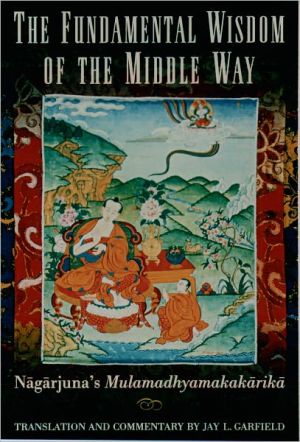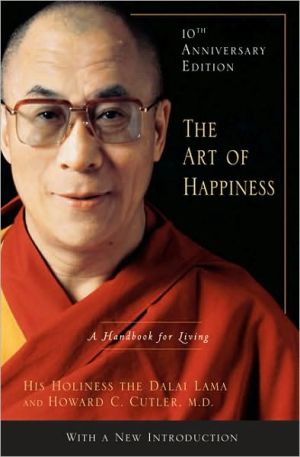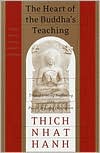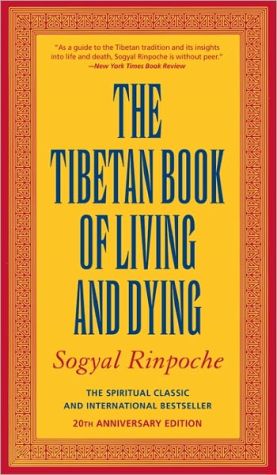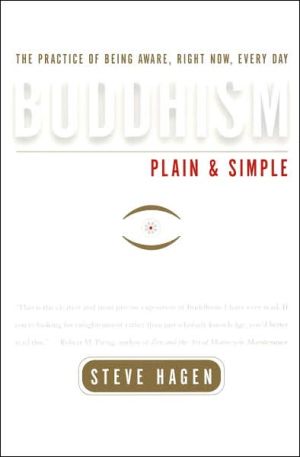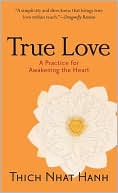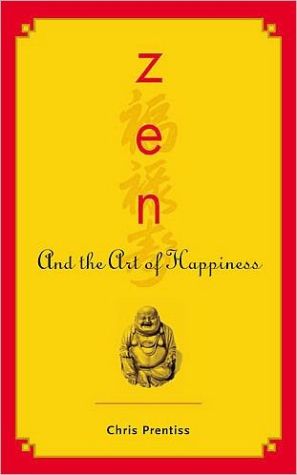The Fundamental Wisdom of the Middle Way: Nagarjuna's Mulamadhyamakakarika
The Buddhist saint N=ag=arjuna, who lived in South India in approximately the second century CE, is undoubtedly the most important, influential, and widely studied Mah=ay=ana Buddhist philosopher. His many works include texts addressed to lay audiences, letters of advice to kings, and a set of penetrating metaphysical and epistemological treatises. His greatest philosophical work, the M=ulamadhyamikak=arik=a—read and studied by philosophers in all major Buddhist schools of Tibet, China,...
Search in google:
The Buddhist saint N=ag=arjuna, who lived in South India in approximately the second century CE, is undoubtedly the most important, influential, and widely studied Mah=ay=ana Buddhist philosopher. His many works include texts addressed to lay audiences, letters of advice to kings, and a set of penetrating metaphysical and epistemological treatises. His greatest philosophical work, the M=ulamadhyamikak=arik=a—read and studied by philosophers in all major Buddhist schools of Tibet, China, Japan, and Korea—is one of the most influential works in the history of Indian philosophy. Now, in The Fundamental Wisdom of the Middle Way, Jay L. Garfield provides a clear and eminently readable translation of N=ag=arjuna's seminal work, offering those with little or no prior knowledge of Buddhist philosophy a view into the profound logic of the M=ulamadhyamikak=arik=a. Garfield presents a superb translation of the Tibetan text of M=ulamadhyamikak=arik=a in its entirety, and a commentary reflecting the Tibetan tradition through which N=ag=arjuna's philosophical influence has largely been transmitted. Illuminating the systematic character of N=ag=arjuna's reasoning, Garfield shows how N=ag=arjuna develops his doctrine that all phenomena are empty of inherent existence, that is, than nothing exists substantially or independently. Despite lacking any essence, he argues, phenomena nonetheless exist conventionally, and that indeed conventional existence and ultimate emptiness are in fact the same thing. This represents the radical understanding of the Buddhist doctrine of the two truths, or two levels of reality. He offers a verse-by-verse commentary that explains N=ag=arjuna's positions and arguments in the language of Western metaphysics and epistemology, and connects N=ag=arjuna's concerns to those of Western philosophers such as Sextus, Hume, and Wittgenstein. An accessible translation of the foundational text for all Mah=ay=ana Buddhism, The Fundamental Wisdom of the Middle Way offers insight to all those interested in the nature of reality. Library Journal Professor of philosophy and director of Hampshire College's exchange program with exiled Tibetan scholars, Garfield provides the first Tibetan-to-English translation of eminent second-century Buddhist N ag arjuna's greatest work: M ulamadhyamik arik a. Reflecting Indo-Tibetan Pr asangika-M adhyamika (Middle Path) School commentaries by Buddhap alita and Candrakirti, it is aimed at Western philosophers, not philologists. Throughout this profoundly logical text, N ag arjuna meets contrasting dialectical arguments, thereby proving that all phenomena are empty of inherent existence and nothing originates independently of anything else. He forges a middle path between conventional and ultimate truths. In his comments, Garfield compares this complex doctrine with Western philosophical concepts of emptiness and essence, demonstrating its empirical stature. Kenneth Inada's Sanskrit translation, N ag arjuna (1970) is more accessible to general readers, emphasizing the Buddhist mentor as a benign mediator rather than a strict logician. Garfield's text successfully appeals to scholars and is recommended for academic rather than public libraries.-Dara Eklund, Los Angeles P.L.
\ Library JournalProfessor of philosophy and director of Hampshire College's exchange program with exiled Tibetan scholars, Garfield provides the first Tibetan-to-English translation of eminent second-century Buddhist N ag arjuna's greatest work: M ulamadhyamik arik a. Reflecting Indo-Tibetan Pr asangika-M adhyamika (Middle Path) School commentaries by Buddhap alita and Candrakirti, it is aimed at Western philosophers, not philologists. Throughout this profoundly logical text, N ag arjuna meets contrasting dialectical arguments, thereby proving that all phenomena are empty of inherent existence and nothing originates independently of anything else. He forges a middle path between conventional and ultimate truths. In his comments, Garfield compares this complex doctrine with Western philosophical concepts of emptiness and essence, demonstrating its empirical stature. Kenneth Inada's Sanskrit translation, N ag arjuna (1970) is more accessible to general readers, emphasizing the Buddhist mentor as a benign mediator rather than a strict logician. Garfield's text successfully appeals to scholars and is recommended for academic rather than public libraries.-Dara Eklund, Los Angeles P.L.\ \ \ \ \ Mark Siderits...[S]hould be welcome to all who are interested in Buddhist philosophy, but perhaps especially so to those who wish to introduce Madhyamaka thought to students not well-versed in the Buddhist tradition....Garfield does an admirable job of explaining and motivating this interpretive framework....[M]akes clear why Naagaarjuna's thought has played a germinal role in Buddhist philosophizing (as well as why it has so often been misunderstood by its critics).\ — Journal of Buddhist Ethics\ \
